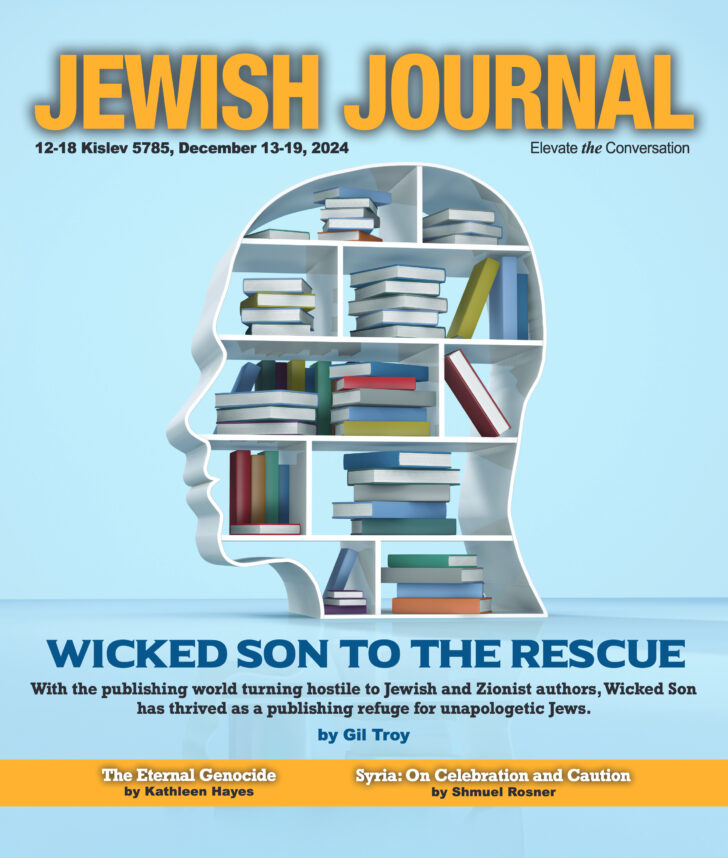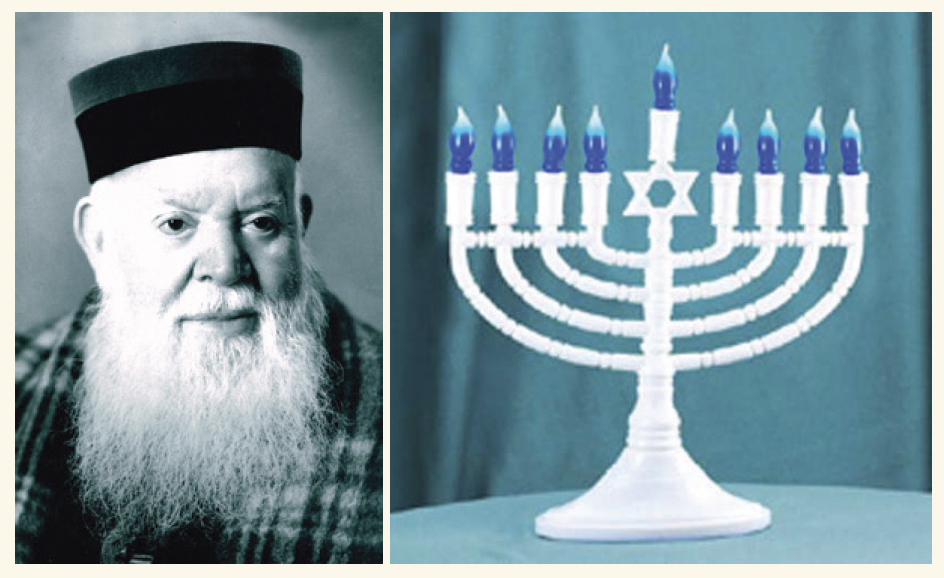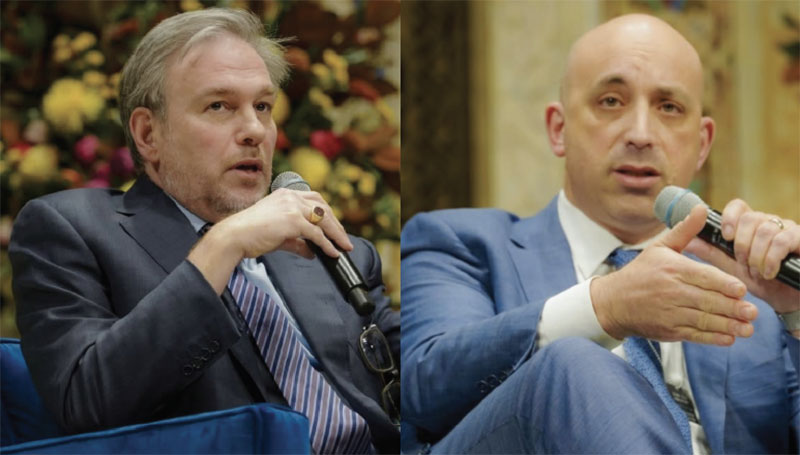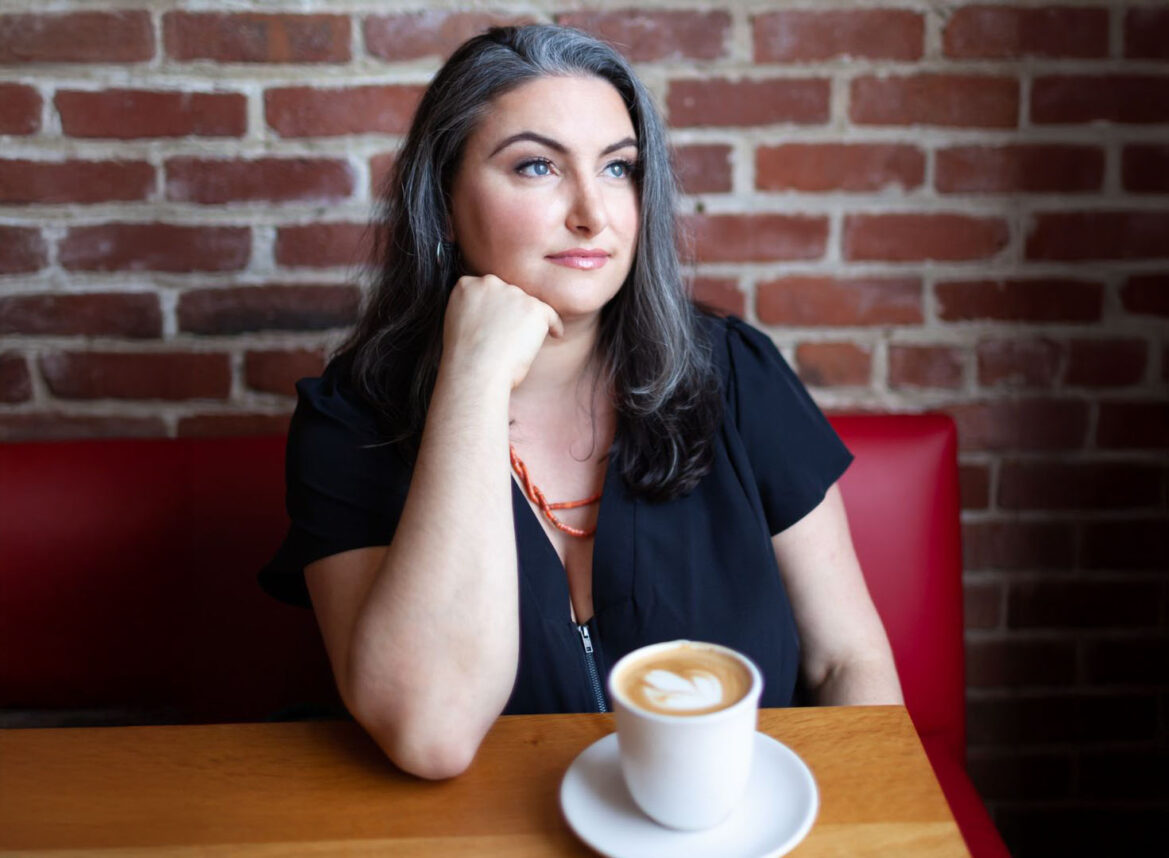City of Hope is the largest provider of bonemarrow transplantation services in California. Here Dr. Stephen J.Forman attends to a patient.
The City of Hope, the esteemed charity, cancerhospital and research center, is under attack. But supporters of thecharity, whose roots run deep into the Jewish community, are comingto its defense.
Last month, the Los Angeles Times and the PasadenaStar News published reports that revealed a conflict which has beensimmering behind the scenes at City of Hope for three years.
In 1995, the charity paid settlements to threewomen who had accused then-COH president, Dr. Sanford Shapero, ofsexual misconduct, City of Hope general counsel Glenn Krinsky toldThe Jewish Journal. An initial investigation found that Shapero andan associate had demonstrated “poor judgment” but “did not establishthe existence of a sexually hostile work environment,” a City of Hopeleader wrote to Shapero. However, during a second investigation,Shapero and the associate were informed that their jobs could be onthe line, Krinsky said.
Thus began a battle that now involves the FBI andthe state attorney general’s office.
According to an FBI search-warrant affidavit,dated Jan. 29, the bureau is investigating Shapero and two associatesfor engaging “in a conspiracy to extort money from COH” bythreatening to harm its reputation and donor base.
But Shapero, a 68-year-old rabbi who once workedat Temple Emanuel, “unequivocally denies he ever made such threats,”said his attorney, Frank Nemecek. Shapero strongly denies theallegations of sexual misconduct and insists that he never tried toextort money from the City of Hope, Nemecek added.
The rabbi believes that he is the victim of a”vendetta” for his 1995 hiring of an independent company, the FairfaxGroup, to investigate possible financial improprieties at the City ofHope, the attorney said.
The alleged improprieties, in turn, have promptedthe state attorney general’s office to investigate the City of Hope.”If a credible person brings us information about something impropergoing on at a charitable trust, we will look into the matter, thoughthat does not imply any wrongdoing,” said Wayne Smith, chief ofstaff, state attorney general’s office. Smith declined to discussdetails of the case.
Krinsky, however, said that the allegationsagainst City of Hope are false. He pointed out that an arbitrationjudge cited “serious questions about Shapero’s credibility,” in courtdocuments. The judge wrote that “Shapero’s motive in retainingFairfax Group” was to uncover misconduct “that could be used asleverage in his…ongoing war with City of Hope.”
Another arbitration judge ruled that Shaperoviolated the terms of his settlement package upon leaving City ofHope. The rabbi was ordered to pay $1.3 million as “compensatorydamages” for legal and other fees incurred in the charity’s “attemptto respond to the allegations made to national and localmedia.”
For example, City of Hope had to convince “60Minutes” that the allegations against it were untrue, Krinskysaid.
On March 10, a Superior Court judge confirmed thearbitration award against Shapero. Nemecek says Shapero will appealthe Judge’s order with the California Court of Appeals.
Steven Solton, COH’s chief development officer,said that he expected “hundreds” of donors to contact his officeafter the newspaper articles ran last month. Krinsky expected to bedeluged by calls from the press. But only a dozen people telephoned,and all were supportive, the officials said. There also haven’t beenany complaints from the more than 350 auxiliary chapter presidentsthroughout the United States. All of them received a Feb. 18 letterthat stated COH’s point of view.
“Let’s say you have a good friend, someone withintegrity. If someone says something derogatory about them, you’renot going to ingest the negative information,” said Claire L.Rothman, chair of the medical center board.
Dr. Stephen Forman, COH’s physician-in-chief, saidthat he insulated his staff from the legal battles. “No one was everdistracted by this,” he told The Journal.
More than two years after Shapero’s departure,officials insist, COH is stronger than ever. Since 1995, researchgrants have almost doubled, from $13 million to $25 million, Soltonsaid. Fund raising, which covers one-quarter of COH’s annual $250million budget, has increased from $47 million in 1994 to $59 millionlast year. During the past 24 months, 33 new physicians andscientists have joined the staff from illustrious institutions, suchas Harvard Medical School. And, last year, COH opened four newbuildings on the pastoral campus, including an outpatient center thataccommodates 204,000 patient visits per year.
The story of the City of Hope began one day in1912, when a young Jewish tailor fell dead of tuberculosis in frontof his walk-up residence at 12th Street and Central Avenuedowntown.
Thereafter, a dozen people, principally Jewishémigrés and garment workers, traversed theneighborhood, clutching the four corners of an American flag asneighbors pitched in their pennies, nickels and dimes. The changepaid for the young man’s funeral; it was also the birth of amovement. Ailing East Coast sweatshop workers were fleeing toCalifornia, only to find that many TB sanitariums refused to admitJews.
The first City of Hope patients treated fortuberculosis were housed in one tent, with a nurse in the other, on10 acres purchased by volunteers. Below, The Spirit of Life Fountain,representing the hospital’s philosophy.
And, so, the Los Angeles Jews took up the call tofight the “white plague.” By January 1914, their nickels and dimeshad purchased 10 acres of land in Duarte, at the foot of the SanGabriel Mountains. There, the Jewish Consumptive Relief Associationbegan with two tents, two patients and a nurse.
When TB was eradicated with the advent ofantibiotics in the 1940s, the charity began tackling another deadlydisease: cancer. Today, City of Hope, comprising a 110-acre campusthat features a Japanese garden, is one of the most important cancerhospitals and research centers in the world.
Although COH is now nonsectarian, 70 percent ofits donor base remains Jewish. There are some 2,500 employees,including more than 250 physicians and scientists, “a significantpercentage of them Jewish,” Forman said. COH is known formanufacturing the first synthetic insulin, as well as for itsresearch in cancer genetics and cutting-edge treatments for leukemia,breast cancer and other diseases.
>
COH is also known as California’s largest privateprovider of free and subsidized medical care, Krinsky said.”Twenty-eight percent of all money spent on medical care helpsindigent patients, which is an integral part of our mission,” saidCharles M. Balch, City of Hope’s president and CEO. But finding waysto pay for the care remains a struggle in this competitive hospitalera, Balch added.
That is why some of COH’s supporters are worryingabout the recent negative publicity. “The possible alienation of anysector of our support is of tremendous concern,” said Ben Horowitz, adefining City of Hope past president and CEO.
In fact, the charity may have lost a $50 millionhospital endowment, in part, because of the allegations, Krinskysaid. And one 35-year board member, Percy Solotoy, resigned over theway, he perceived, COH was mistreating Shapero. “I can’t understandthe viciousness with which [he] is being pursued,” Solotoy told TheJournal. “That runs counter to City of Hope’s philosophy…. Dr.Shapero and I had a very close relationship, and I don’t believe hecould have engaged in criminal acts.”
Three others, including a COH donor, phoned TheJournal to express support for Shapero.
City of Hope supporters say that the charity ismerely defending itself from harmful attacks; Pat Perrott, a majordonor, says what is at stake is the welfare of people such as herson, Matthew Phelan.
Seven years ago, Phelan, then 30, was diagnosedwith an aggressive form of lymphoma. After 14 unsuccessful months ofradiation and chemotherapy, a bone-marrow transplant at the City ofHope was his last hope, Perrott said. When he first entered thehospital, he weighed little more than 100 pounds and shivered underhis heavy coat, despite the August heat, his mother recalled.
But the transplant worked, and, last April, Phelanand six fellow patients were pronounced cured. Perrott threw them ahuge, celebratory bash, inviting all the doctors and nurses who hadtreated them at the hospital.
“I feel angry that anyone would try to denigratethe City of Hope,” Perrott told The Journal. “The work they do is tooimportant. They keep families whole.”






















 More news and opinions than at a Shabbat dinner, right in your inbox.
More news and opinions than at a Shabbat dinner, right in your inbox.